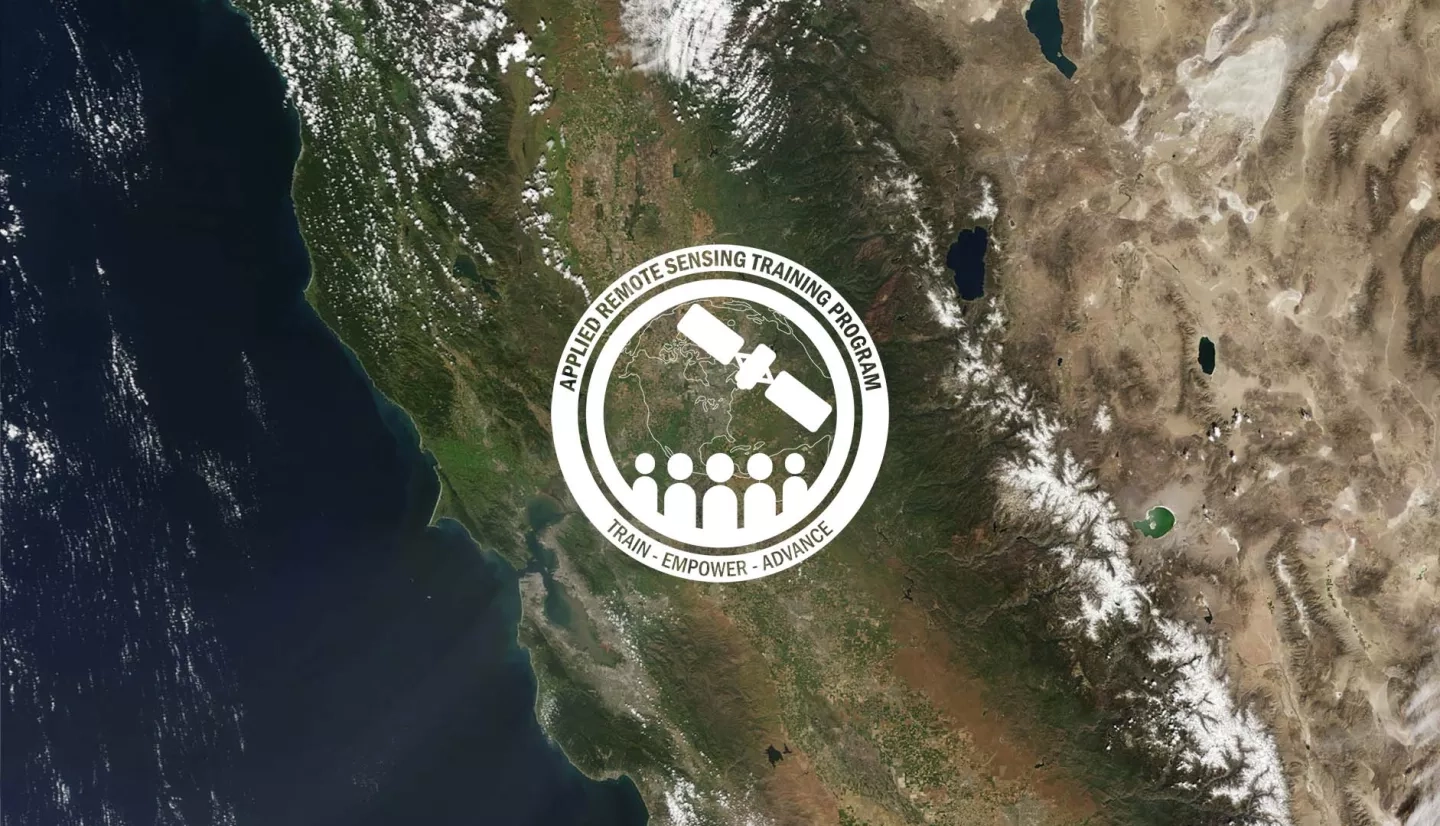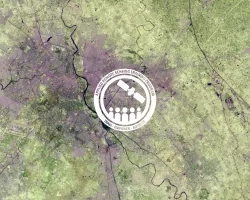Description
Projections of climate change from global climate models are a fundamental basis for mitigation, adaptation, and risk management planning across many elements of society and ecosystems around the world. Depending on the application need, scientists can use a variety of climate modeling projection sets with a range of distinguishing factors. Although the future will likely be shaped by a combination of mitigation, adaptation, and risk planning, the distinctions between these application areas can impact the choice of which climate projection set to use.
Climate projection sets begin with global climate model outputs and often include additional observational data to produce variables that are more relevant for certain applications. These datasets are constructed according to specific choices about source material, domain, resolution, and scenarios or storylines, among other factors. Different projection sets provide their own unique advantages but are often limited by tradeoffs shaped by resource constraints and the availability of supporting materials.
This two-part webinar series will provide an overview of resources for choosing climate projection sets for mitigation, adaptation, and risk management applications. The webinar will give an overview of application areas, define a list of distinguishing characteristics of climate projection sets, and then highlight the main benefits and drawbacks of different types of projection sets.
After participating in the training, attendees will be able to:
- Understand the differing needs of mitigation, adaptation, and risk management applications
- Recognize the main components and distinguishing factors of climate projection sets
- Summarize the benefits and tradeoffs of different climate projection sets and versions
- Discuss selection of the best climate projection set for various application needs
This training is primarily intended for local, state, federal, and international entities, including public and private sector organizations wanting to select among candidate NASA Earth observations and modeled climate projection datasets for integration into their climate change-related work in different sectors. The training will introduce the data, tools, and knowledge needed to identify important features and tradeoffs in climate information that can help them assess and manage climate-related risks and opportunities.
The training is also likely to be of interest to undergraduate and graduate students looking to expand their understanding of these topics.
- Two-part webinar series, 90 minutes each (60-minute presentation, 30-minute Q&A)
Speakers: Alex Ruane & Meridel Phillips
- Overview of application areas (mitigation, adaptation, risk)
- Where climate projection sets come from
- Key distinguishing features between climate projection sets
Materials:
Materiales en Español:
Speakers: Alex Ruane & Meridel Phillips
- How to avoid using antiquated versions
- Tradeoffs in using more complex climate projection sets
- Selecting an appropriate climate projection set given application needs
- Supporting materials that make a climate projection set more appealing
Materials
Materiales en Español:



